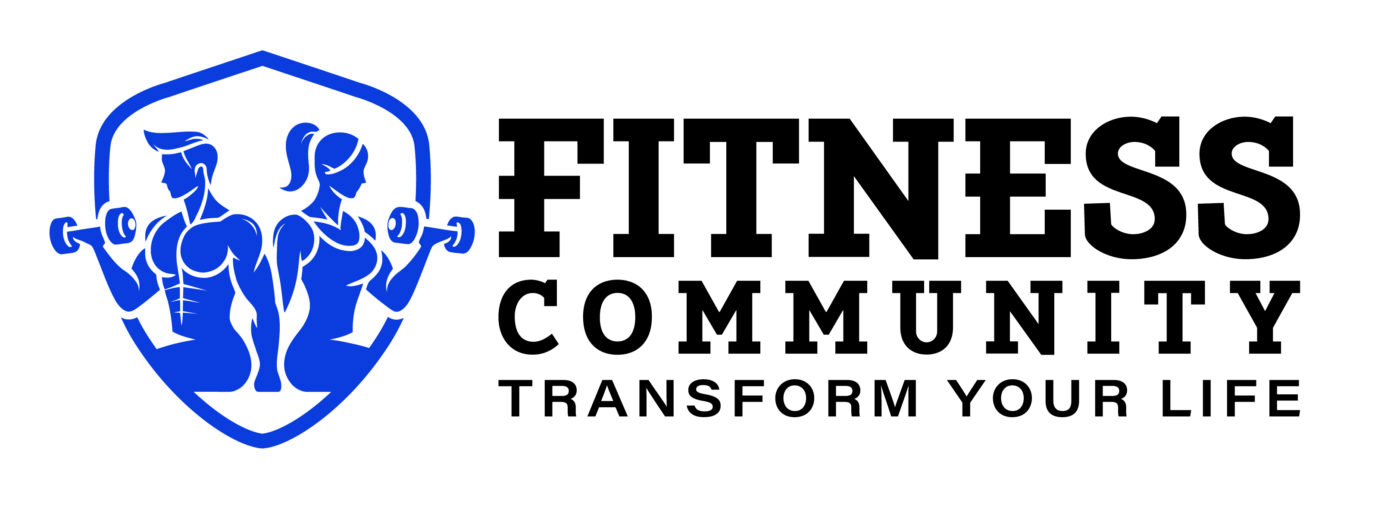WELLNESS AND MINDFULNESS
Brain-Body Workouts and Time-Honored Therapies: The New Frontier in Longevity Wellness
Longevity wellness is a rapidly growing trend. Influencers, medical professionals, and wellness advocates like Dan Buettner, author and founder of the Blue Zones longevity platform, and American biohacker Bryan Johnson, are inspiring many to seek ways to optimize their health and increase their lifespan.
The wellness industry is booming, with the Global Wellness Institute reporting that the global wellness economy reached $6.3 trillion in 2023, projected to hit $9 trillion by 2028. Longevity is the fastest-growing subsector within this space, with individuals like Johnson investing heavily in personalized medicine, supplements, and nutrition to extend their lifespans.
However, many people are turning to fitness and wellness spaces that offer services designed to enhance not just lifespan but health span—the number of years spent in good health.
In Singapore, a new partnership between Chi Longevity and Sparkd integrates physical exercise with cognitive training to boost both lifespan and health span. The collaboration, launched in 2021, combines Singapore’s first clinic dedicated to longevity wellness with its first “brain-body gym.”
Anna Milani, a Finnish-Italian who founded Sparkd after the loss of her grandfather to Alzheimer’s, believes that cognitive health is just as essential as physical fitness when it comes to long-term well-being. “While many longevity programs focus solely on physical health, cognitive function is equally important for sustained well-being,” she says.
Sparkd’s brain-body workouts are designed to engage both the mind and body through game-like exercises that enhance mental and physical performance. The goal is to improve neuroplasticity—the brain’s ability to rewire itself—while also strengthening the body through endurance, strength, and balance exercises.
Participants undergo physical and cognitive assessments to determine their functional mobility, strength, balance, and cardiovascular health. Sparkd then creates personalized programs that blend physical exercises with cognitive training, regularly tracking progress through assessments and feedback.
These exercises target improvements in reaction time, working memory, multitasking, and problem-solving—skills that can decline subtly as early as one’s late twenties and have a significant impact on daily life as people age.
In addition to the brain-body workout trend, other wellness spaces focus on passive therapies to support longevity.
For example, 10x Longevity in Hong Kong offers treatments like hyperbaric oxygen therapy (HBOT) and contrast therapy. These therapies promote angiogenesis, the formation of new blood vessels that help transport nutrients and remove waste throughout the body, combating the effects of aging on skin, joints, and recovery times.
HBOT, which involves breathing pure oxygen in a pressurized chamber, has been linked to both increased lifespan and health span. A 2020 study in Aging found that HBOT could reverse some aspects of cellular aging by extending telomeres—the protective caps at the ends of chromosomes—by up to 38%.
Contrast therapy, which alternates between infrared sauna sessions and cold-water immersion, is another ancient practice that has been shown to improve cardiovascular health, immune function, and cognitive function. The alternating heat and cold have been known since ancient Greek and Roman times for their therapeutic benefits.
While these therapies offer promising results for health optimization, they are not a cure-all for aging. Experts still emphasize that a well-rounded approach is key: maintaining a healthy diet, staying physically active, getting quality sleep, staying socially connected, and undergoing regular health screenings are all essential for aging well.
Longevity gyms and wellness spaces, however, are an exciting development in the quest to extend both health span and lifespan, blending ancient therapies with modern science to help individuals live healthier, longer lives.

